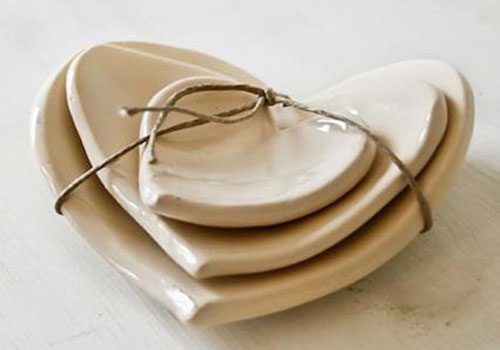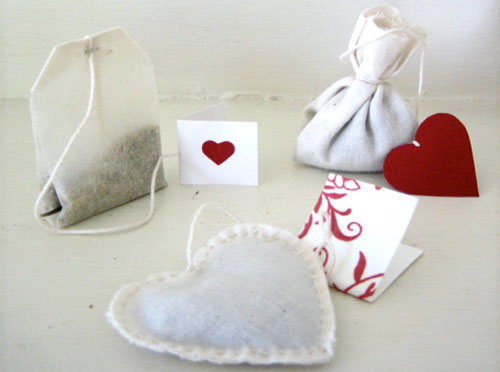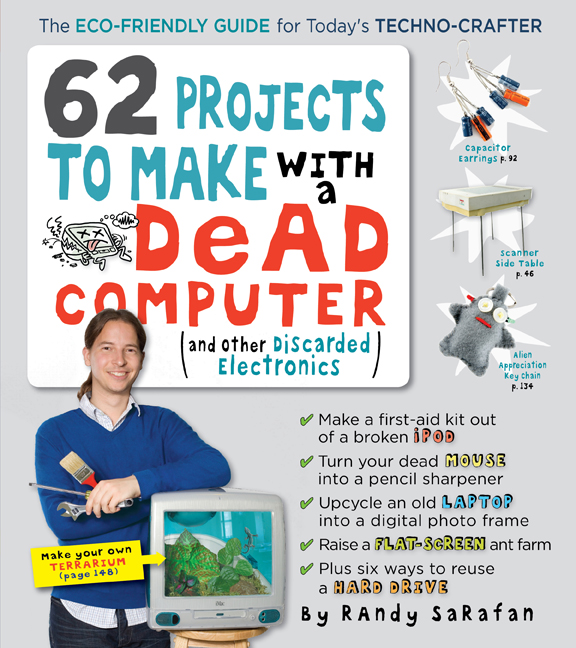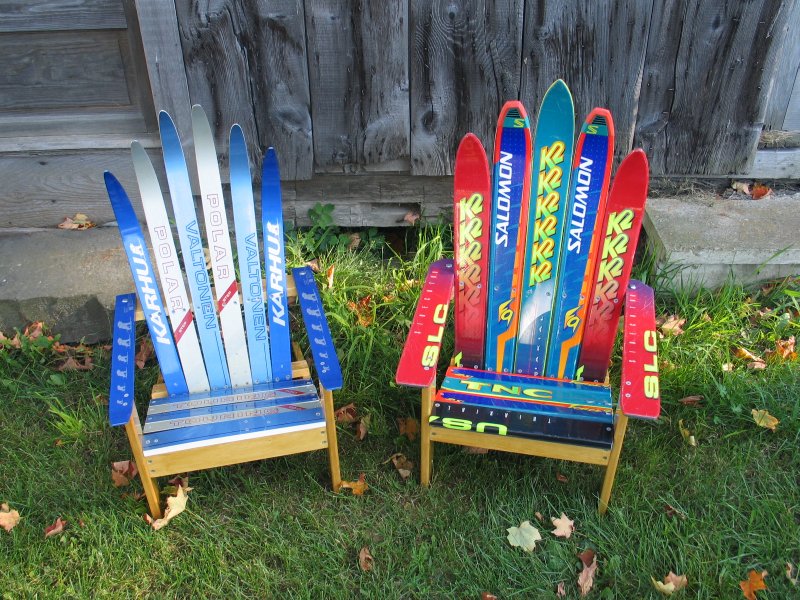 “Sustainability isn’t just about the way we build. It is a state of mind. Good design embodies, there inspires and nurtures that way of thinking and living.” ~ Michelle Kaufmann
Last summer, I was sitting enjoying a warm downpour in my garden screened-in porch, when my roof gutter gave way. It was like a dam had broken, and the water started to funnel down like an inverted geyser. I watched, as my usually thirsty plants started to look like drowned rats. The water poured down with no rhyme or reason in a steady gush. It was in that moment that I had a glimmer of recollection about ogling over rain chains that were displayed at a recent design show. These attractively designed rain chains looked something like this, and might just be the solution for the drainage problem.
“Sustainability isn’t just about the way we build. It is a state of mind. Good design embodies, there inspires and nurtures that way of thinking and living.” ~ Michelle Kaufmann
Last summer, I was sitting enjoying a warm downpour in my garden screened-in porch, when my roof gutter gave way. It was like a dam had broken, and the water started to funnel down like an inverted geyser. I watched, as my usually thirsty plants started to look like drowned rats. The water poured down with no rhyme or reason in a steady gush. It was in that moment that I had a glimmer of recollection about ogling over rain chains that were displayed at a recent design show. These attractively designed rain chains looked something like this, and might just be the solution for the drainage problem.
About Rain Chains According to Harvest H20: “Rain chains (‘Kusari doi’ in Japanese) offer a highly attractive and unique alternative to traditional downspouts. They are hung from the corners of your roof or canal to guide the flow of water into large barrels to catch the water from the roof for household purposes and gardening. They have been used for hundreds of years in Japan, and are a perfect expression of the Japanese knack for combining aesthetics and practicality.” 5 Reasons To Put Up a Rain Chain 1. Rain chains can provide a managed runoff solution that direct water away from the roof alleviating the chance for leaking, soil degradation and erosion. ?2. Along with rain barrels, rain chains are an eco-minded water solution that can aid in collecting water for later household usage. 3. Rain chains provide an enjoyable tranquil water feature that can be used to enhance ponds and gardens. 4. Rain chains are low-maintenance. 5. You can make one yourself!
DIY Rain Chain I’ve followed sustainable building architect, Michelle Kaufmann for years. She is a pioneer in the field of green building. Michelle shares the inspiration from one of her clients who, "...incorporated rain chains to take the rainwater from the roof and direct it down to the reflecting pools and planters, thus conserving water by not using fresh drinking water for irrigation, but rather functionally using rain water. Not only does this help reduce storm water run-off (which is increasingly becoming a problem in many jurisdictions), but it also visually celebrates the water beautifully. This move takes something that is typically seen as a problem or a challenge and makes it into an opportunity for nature as art."













